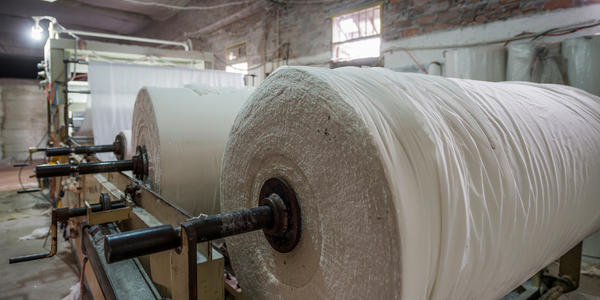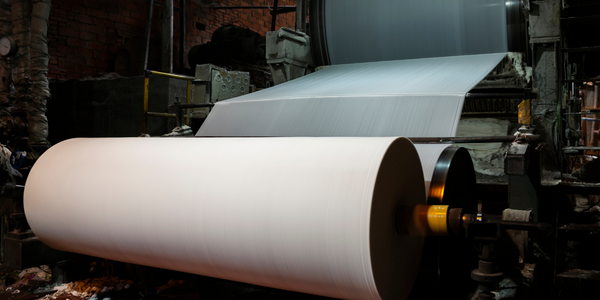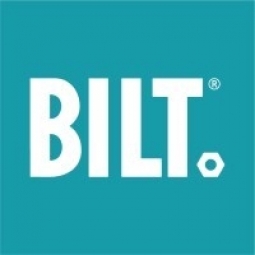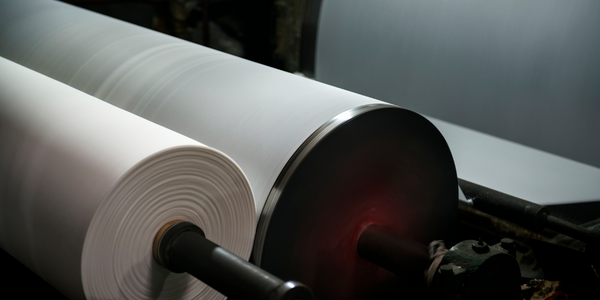Applicable Industries
- Paper & Pulp
- Telecommunications
Applicable Functions
- Sales & Marketing
Use Cases
- Time Sensitive Networking
- Virtual Prototyping & Product Testing
Services
- System Integration
About The Customer
Murphy Door is a leading innovator in the door solutions industry. The company specializes in manufacturing customizable hidden bookcase doors, dresser and hamper doors, and Murphy beds that add functionality to wasted space. Founded in 2012 by firefighters seeking supplemental income and a flexible schedule, the company is customer and employee-centric. CEO Jeremy Barker believes in the importance of eliminating friction in the customer experience to ensure both happy employees and customers. The company has been recognized as one of the fastest-growing companies in America, making the Inc. 5000 list for the last four years.
The Challenge
Murphy Door, an industry innovator in creative door solutions, was facing a significant challenge in 2017. The company was struggling with the high volume of installation support calls, which was putting a strain on their sales team. The team was spending a considerable amount of time resolving assembly and installation issues rather than focusing on sales. The company was using traditional methods such as paper instructions, demo videos, and phone calls to assist customers with installation. However, these methods were proving to be time-consuming and inefficient. The challenge was to reduce this installation friction and free up the sales team from handling support calls.
The Solution
Murphy Door found a solution in BILT's 3D interactive instructions. The company became one of the first 30 brands to provide these 3D Intelligent Instructions®. With their products available in BILT, sales reps could direct callers to the mobile app, which helped identify exactly where the installer was facing difficulties. The 3D animations provided a clear understanding of the next steps in the installation process. This not only reduced the number of calls to support but also shortened the duration of the calls they did receive. The 3D interactivity allowed users to view each step from every angle, zoom in, spin the animations around, and understand where the parts fit together. Despite initial concerns about the cost of this high-tech solution, the company found that it significantly reduced their return rate, leading to substantial savings.
Operational Impact
Quantitative Benefit

Case Study missing?
Start adding your own!
Register with your work email and create a new case study profile for your business.
Related Case Studies.

Case Study
Wireless Improves Efficiency in Compressed Air Systems
Hollingsworth and Vose wanted to improve the efficiency of their compressed air system, lower the electricity expense component of manufacturing cost in their commodity industry, and conserve energy leading to lowered greenhouse gas emissions. Compressed air systems degrade over time and become leaky and inefficient. Hollingsworth and Vose wanted to increase the frequency of system inspections without paying the high cost of manual labor.

Case Study
Process Predictive Analysis in Pulp and Paper Mill
Common paper breaks consequently lead up to 60 minutes of downtime, delaying a potential $10K per hour of production value process. Thus, defective products cause financial and damage company's reputation. Improving quality and reducing defect rates can generate millions of dollars of revenue per year for your company.

Case Study
Vodafone Hosted On AWS
Vodafone found that traffic for the applications peak during the four-month period when the international cricket season is at its height in Australia. During the 2011/2012 cricket season, 700,000 consumers downloaded the Cricket Live Australia application. Vodafone needed to be able to meet customer demand, but didn’t want to invest in additional resources that would be underutilized during cricket’s off-season.










